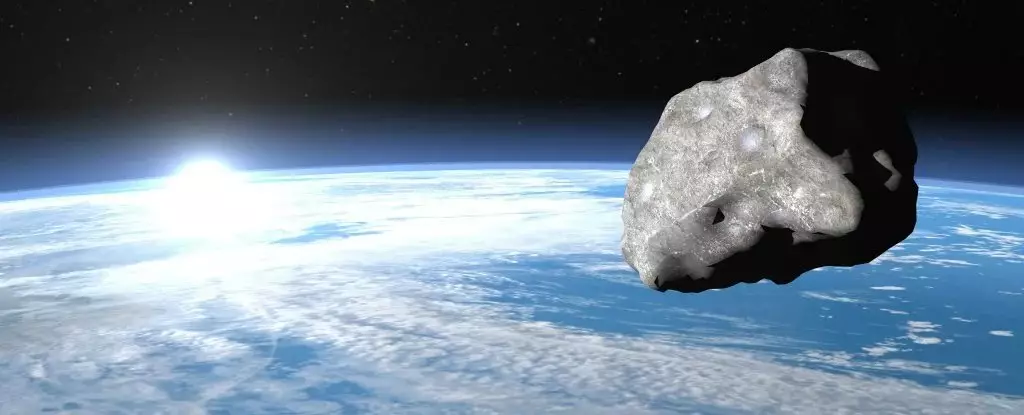Recently, two rare asteroids are set to pass close to Earth within a short span of 42 hours. These asteroids have been classified as “potentially hazardous” due to their size and trajectory. However, experts assure that despite their label, there is no immediate threat to our planet. Both asteroids will safely zoom past Earth at incredible speeds, with a zero percent chance of collision, according to the European Space Agency.
Observing the Event
While these space rocks won’t be visible to the naked eye, individuals can potentially catch a glimpse of them by using a telescope or binoculars. Alternatively, popular platforms like The Virtual Telescope Project will be hosting live streams of the event. Watching these streams allows viewers to witness the asteroids as they streak past Earth. This provides a unique opportunity to witness such astronomical phenomena firsthand.
One of the asteroids, known as Asteroid (415029) 2011 UL21, is particularly noteworthy due to its size. With an estimated diameter of approximately 1.4 miles, this mountain-sized space rock ranks among the largest asteroids to recently pass close to Earth. Falling into the category of “planet killers,” it belongs to a classification of space rocks at least 1.2 miles wide. The potential devastation caused by such asteroids is immense, as history has shown with events like the Chicxulub asteroid that led to significant climatic changes.
Despite its massive size, Asteroid 2011 UL21 will pass by Earth at a safe distance of over 4 million miles. This distance, which is 17 times farther than the Earth-moon distance, eliminates any immediate concerns about impact. However, this event stands out due to the rarity of an asteroid of this size passing so close to Earth in recent history. It serves as a reminder of the unpredictable nature of space and the importance of monitoring these celestial bodies.
In contrast, Asteroid 2024 MK, though smaller in diameter compared to 2011 UL21, presents a different set of characteristics. Discovered just days before its close encounter with Earth, this asteroid is estimated to have a diameter ranging from 390 to 885 feet. Despite its smaller size, it is expected to be one of the brightest objects of its kind due to its close proximity to Earth, coming within 184,000 miles. This distance, about 77% of the average Earth-moon distance, allows for a rare opportunity to observe such a bright celestial object.
The close pass of these two asteroids serves as a reminder of the dynamic and potentially hazardous nature of space. While there is no immediate danger posed by these asteroids, their presence highlights the importance of continued monitoring and understanding of near-Earth objects. By observing and studying these celestial bodies, scientists can better prepare for potential future threats and gain valuable insights into the vast universe beyond our planet.


Leave a Reply